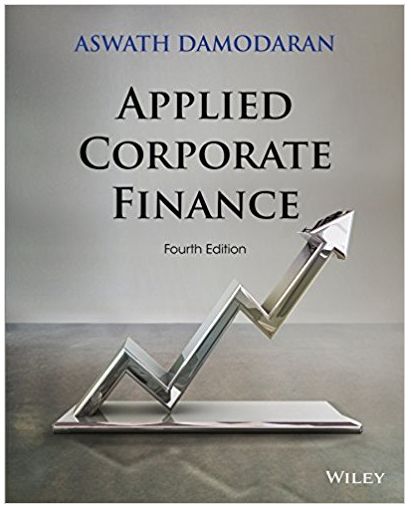National Foods is considering producing a new candy, Nasty-As- Can-Be. National has spent two years and $450,000
Question:
Based on previous candy products and the results in the test marketing, management believes consumers will buy 4 million packages each year for ten years at 50 cents per package. Equipment to produce Nasty will cost National $1,000,000, and $300,000 of additional net working capital will be required to support Nasty sales. National expects production costs to average 60% of Nasty's net revenues, with overhead and sales expenses totaling $525,000 per year. The equipment has a life of ten years, after which time it will have no salvage value. Working capital is assumed to be fully recovered at the end of ten years. Depreciation is straight-line (no salvage) and National's tax rate is 45%. The required rate of return for projects of similar risk is 8%.
Requirements
a. Should National Foods produce this new candy? What is the basis of your recommendation? b. Would your recommendation change if production costs average 65% of net revenues instead of 60%? How sensitive is your recommendation to production costs?
c. Would your recommendation change if the equipment were depreciated according to MACRS as a 10-year asset instead of using straight-line?
d. Suppose that competitors are expected to introduce similar candy products to compete with Nasty, such that dollar sales will drop by 5% each year following the first-year. Should National Foods pro- duce this new candy considering this possible drop in sales? Explain.
Salvage Value
Salvage value is the estimated book value of an asset after depreciation is complete, based on what a company expects to receive in exchange for the asset at the end of its useful life. As such, an asset’s estimated salvage value is an important...
Fantastic news! We've Found the answer you've been seeking!
Step by Step Answer:
Related Book For 

Question Posted:





